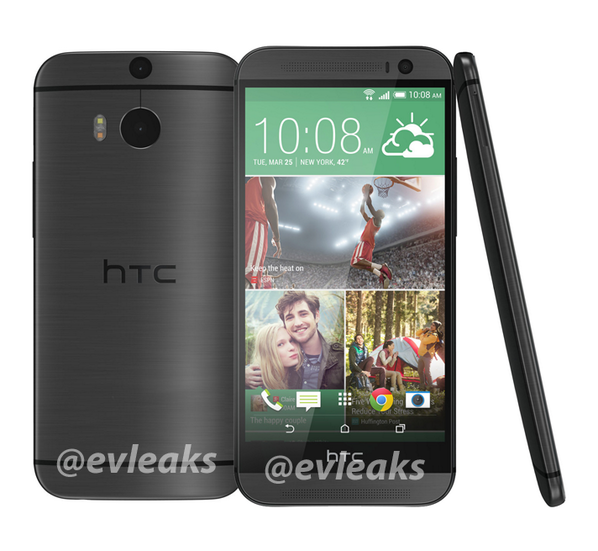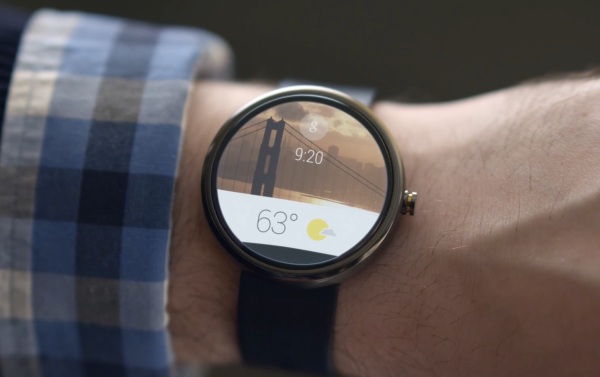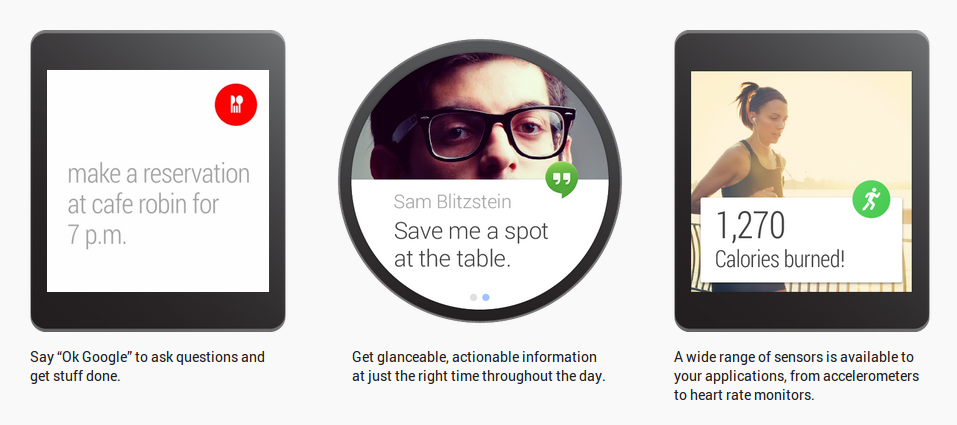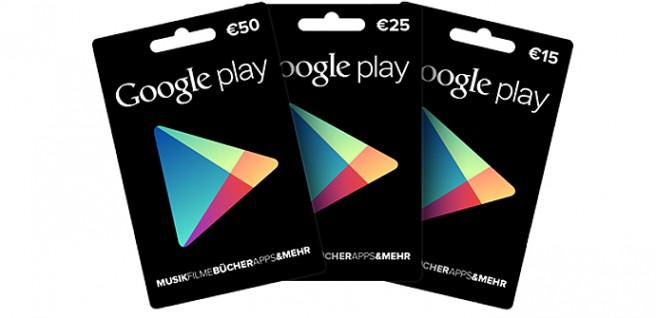Technological observatory March 17-23
Early in the morning of Monday 17 March, the news we had been expecting was confirmed. Vodafone has bought ONO for 7.2 billion euro. But this confirmation raised a number of concerns, not least among existing customers of the cable operator. Vodafone sought to answer these questions at the press conference held on Monday. The main issue is what will happen to the fiber-sharing deal that Vodafone signed with its rival Orange. The British company will continue its part of the rollout, but will focus in areas not covered by ONO. The Vodafone fiber rollout could focus in areas such as Galicia, Asturias, Basque Country and Extremadura, regions that ONO does not cover either because other cable firms already operate there, or, in the latter region, because it offers little appeal for companies. On the other hand, it will also seek to cover the sizeable gaps that ONO has in Madrid and Barcelona. NOTE: Having consulted with Orange, the company is making no comment as yet regarding its fiber rollout deal with Vodafone.
And another important concern was discussed. ONO's cell phone customers may have a range of opinions on the Vodafone purchase, but one of the first things they will have asked themselves is whether they will still get Movistar mobile coverage. And the answer is that they will, at least for the moment. Vodafone said at the press conference that ONO's mobile customers will still receive Movistar coverage on their cell phones for the time being at least. The new owner of the cable company will try to negotiate a changeover at the earliest possible opportunity, but said that ONO customers will not notice any difference. ONO was one of the few mobile virtual network operators that used Movistar coverage, and it will continue to do so. Vodafone said that it will retain its rival's coverage for ONO mobile customers, although it added that it would seek to negotiate a changeover of this coverage as soon as possible. All those customers who chose ONO for its Movistar coverage will be able to keep it, but sooner or later Vodafone coverage will also be available. If no deal is struck with its rival, Vodafone would have to support this coverage for a number of years, as ONO and Movistar had only recently renewed their agreement.
Rumors have been circulating for some time that Amazon was preparing to launch a set-top-box that would open new channels for its content. Now sources close to the company have told TechCrunch that the device will use a similar format to Google's Chromecast. We therefore expect a concept that would compete directly with this Google product rather than an Apple TV style device. The new Amazon system may offer a particularly attractive feature: the option to play PC games on your living room TV via the set-top-box. Initial reports suggest that Amazon will offer PC game streaming at 30 frames per second, capitalizing on one of the firm's big advantages: the enormous data centers that it uses to support its famous AWS platform. The game playing option could be key to the success and popularity of the new device, while users should also have access to a growing catalog of Amazon content, including the Amazon Instant Video and Amazon MP3 services. The same sources close to Amazon say the device is currently undergoing testing, indicating that the launch may be imminent. Watch this space.
YouTube already includes filters that let you hide certain content and comments, but there is still no children's version; no "YouTube for kids", with specific content aimed at the younger audience. But this is set to change according to sources at theinformation.com. TNW says the website will feature children's videos, and, while the site is still some way off, the firm is already pushing companies to create more videos for children. It's no secret: parents often draw up cartoon lists, perform scientific experiments, create fascinating documentaries, perform magic tricks and make other fantastic videos that leave children calling out for more. If all these videos were available within a closed, safe, ad-free and banner-free environment, where children can relax and be themselves, it might well be the best "TV channel" ever created by mankind. Of course, Google has not yet made any comment on the issue, but when a good idea combines with a strong rumor there is always a good chance of something happening in the near future.
The European Parliament Committee on Industry has been fighting to scrap roaming charges in EU countries for some time. Users, they say, should pay the same amount for data and calls whether they are in their country of residence or any other EU member state. The Commission, led by Neelie Kroes, wants to bring an end to roaming in Europe by December 2015, while the group has also made fierce noises regarding net neutrality and lifting barriers on the use of spectrum. The committee won the preliminary vote, and the Parliament will now vote again on the 2 and 3 April before negotiations can begin with member states over what measures may be adopted. Neelie Kroes is one of the leading figures in the fight to end roaming, but don't expect carriers to budge easily. The European Commission has already started outlining directives for special cases, to avoid any over-exploitation of roaming's demise and to impose limits on free roaming, which some operators have said they will offer. The death of roaming should put an end to high call charges, but most of all to exorbitant charges for data transmitted when users are outside their countries of residence. According to The Guardian, the current cost per 1 GB of roaming stands at €450. However, in July 2013 recent EU legislation is set to come into effect, slashing this cost to "just" 200 euro. Of course, the mark up against data costs in a user’s country of residence (currently some 10 euro per GB) is staggering. But the “golden goose", as Kroes has described it, is set to be killed off, much to the joy of users and the obvious chagrin of operators. As well as seeking to scrap roaming charges, there have also been efforts to defend net neutrality, by expressly prohibiting operators from throttling or barring services, thus, for example, preventing carriers from blocking VoIP calls via smartphones. This would certainly be a boon for users and is set to be negotiated at the European Parliament on 2 and 3 April. No measures are likely to be introduced until the next EU legislature, following the May elections.

By now you may already have a very good idea of what to expect from the next flagship HTC device, the much-leaked One. But there is still one important issue that remains up in the air: its availability. Fortunately, it doesn't look like we'll have to wait long to get our hands on the phone. According to the British distributor Carphone Warehouse, the unit will go on sale "a few minutes after being officially announced". The event will take place in London on 25 March, and bearing in mind the source of said information the choice of launch city comes as no surprise. Six sales outlets have been selected for their strategic locations around the city, namely Westfield Stratford, Westfield White City, Oxford Circus, Centrepoint and Tottenham Court Road. There will also be a number of promotional events as of 4 p.m. to support sales. If you have any plans to visit the capital soon, bear in mind that the company also announced a pre-order period opening today, which might help you avoid disappointment. As yet no details have been announced regarding how long consumers in the rest of HTC's usual markets will have to wait.

Bearing in mind the number of wearable devices that have sprung up, it was just a matter of time before Google made its presence felt. The company has released a new platform; a mini operating system based on Android called Android Wear. This is a clever ploy intended to establish a foothold for Android in a new generation of devices, opening yet another branch for Google's operating system. The Android Wear interface will be similar in style to Google Now, with messages and elements in plain colors, showing all the relevant information at any given moment and using the instant classic activation command, “OK Google”. Smartphone notifications will appear on the wearable (watch or other device) and will be adapted to the interface. Android Wear will be integrated with physical activity and status tracking features, and can be used to control other devices such as smartphones or televisions. Google has also enabled a new section for developers at this page. A preview (this is not the final SDK) is now available for download, so that devs can start integrating notifications from existing applications for watches using Android Wear. The Android version for wearable devices uses the same "traditional" Android rich notifications system, meaning most applications will work without issue. The company also announced that more resources will soon be released for developers and new APIs for service integration.

For those wondering what devices will carry Android Wear, the next few months should be interesting. Google has announced that it is already working with a number of manufacturers, such as Asus, HTC, LG (which could be the first, according to certain leaks), Motorola and Samsung, and also with traditional watchmakers such as Fossil. It is also partnering with other component manufacturers such as Broadcom, Imagination, Intel, Mediatek and Qualcomm to introduce new watches this year.
When you take the plunge and decide to switch cell phone operator, changing your SIM card is mandatory, as each one is associated with an individual operator. But this could soon be a thing of the past if a Dutch initiative has its way. The Dutch government, backed by telecommunications operators and other firms, has legalized the sale of carrier-free SIM cards. These can now be sold with new smartphones or other devices and subsequently assigned to an operator using an OTA update. For many years a carrier-free SIM card has been on the wish list of companies such as Apple and Gemalto, one of the world's largest SIM card manufacturers. Now manufacturers will be able to provide cards adapted to their device. The user then chooses which operator will provide their mobile services, or the SIM provider can even act as a reseller of mobile services. Device manufacturers will certainly benefit from carrier-free SIMs, but so will users. Users will now be able to switch operator without having to change their SIM card. All they have to do is to provide their card data to their new carrier, which will then perform the number porting. This will make number porting easier and will also be useful when travelling abroad, allowing users to contract services from local operators. Apart from all the usual SIM card users, the other big winner from carrier-free SIM cards would be the Machine To Machine industry. Communications between machines via mobile networks is largely unexplored territory as yet, but allowing a machine's SIM card to change operator without having to be removed should buoy the market significantly. For example, it would end the issues faced by US owners of GM cars that feature 4G connectivity. At the moment these cars can only be associated with AT&T, but a carrier-free SIM card would change that. Other countries following Holland's example and adopting carrier-free SIM cards would shake up the telecommunications sector, to the benefit of major industry operators and users alike.
On March 19 Chromecast was due to go officially on sale in more countries, and so it did. It is now available in Spain, UK, France, Italy, Germany, Denmark, Finland, Netherlands, Norway, Sweden and Canada via Google Play and will go on sale at brick-and-mortar stores over the next few days. This Google accessory is now available in a total of 11 new countries. Chromecast costs 35 euros on Google Play, plus 3 euros shipping fee. The initial orders will ship from the warehouse today, 19 march, and will reach buyers over the next few days. The Chromecast dongle lets you play local and cloud content from your favorite devices on your television. It is compatible with Android, iPhone, iPad, Chrome for Windows, Chrome for Mac and Chrome OS. You can use your Android device as a remote control.
A statement from Huawei has been published today by the people at FierceWireless, in which the company says it has no plans to launch a dual-OS device that runs both Android and Windows Phone. What's interesting about this statement is that it contradicts recent comments from one of Huawei's executives to Trusted Reviews, claiming the company was set to launch devices that would support both operating systems in the next quarter, even pointing to the USA as its target market. According to the statement made to FierceWireless, the majority of Huawei's products use Android, and while the company is open to supporting any operating system, it has no plans to launch a dual-OS device in the near future. However, given that Microsoft is one of its biggest partners, the firm did confirm that new phones supporting Windows Phone are planned for this year. It is impossible to be sure which of the two statements carries more weight, but the second may have been released after the Wall Street Journal reported that ASUS would cease sales of its dual-OS devices due to pressure from Google and Microsoft.

Gift cards that can be spent on Google Play content have existed for a long time, but not in all countries. Spain was one of those where you could not buy the gift cards. That is until a few hours ago. After a wait of many months, Google Spain has finally confirmed that it will sell gift cards that can be spent on Google Play content. €15, €25 and €50 cards will be available. All you have to do is enter the gift card code in your Play account to add the funds.
As Google Spain says on its Google+ profile, the cards can currently be bought at FNAC stores, but will soon be extended to other outlets. The company has already updated its country availability page to include Spain and others, and is set to add a store finder soon. This is a great option for those who don't use credit or debit cards but want to buy Play content, whether it be applications, games, movies, books or music.
Apple is considering launching iTunes for Android and competing against Spotify, says a report published by Billboard. These would be two big shifts in the company's music content strategy, as it tries to combat declining sales and two overriding market and ecosystem trends:
- Digital music sales being focused in the streaming business: The success of Spotify, Pandora and Rdio, as well as new competitors such as Beats Music reaching the market, are evidence enough. While iTunes Radio was well received, it hasn't had much of an impact on consumer habits. Figures published by the RIAA (Recording Industry Association of America) indicate that in 2013 streaming services generated revenue of some 1.4 billion dollars in the United States alone.
- Android's market share is growing: meaning an immense pool of potential customers is lost to Apple's music sales and streaming services.
If the report turns out to be accurate, this would not be the first time that Apple launches iTunes and opens its ecosystem on a competing platform. On 16 October 2003 it launched iTunes for Windows, allowing users of said operating system to buy music and synchronize their iPods. The move was not only well received, but also significantly buoyed sales of iPods and songs over iTunes.
